Retro Replay Review
Gameplay
Star Trek: 25th Anniversary delivers a compelling blend of action and exploration that keeps players engaged throughout the Enterprise’s mission. The two distinct gameplay modes—side-scrolling shoot-’em-up and overhead exploration—offer a welcome variety of pacing. In the shoot-’em-up segments, you pilot the Enterprise through asteroid fields, dodge enemy fire, and face increasingly complex formations of Klingon and Romulan vessels. Tight controls and responsive ship handling make these dogfights satisfying, while occasional boss encounters amp up the tension.
The overhead-view sections shift the focus to tactical movement and puzzle-solving as Captain Kirk or Spock traverses alien terrain in search of the Doomsday Machine weapon fragments. These sequences emphasize caution and strategy: environmental hazards, hostile ground forces, and hidden passages force you to think before you sprint. Inventory management and careful use of phasers or tricorders add depth, ensuring that every exploration mission feels meaningful and tied into the overarching narrative.
Balancing these two modes is key to the game’s rhythm. The frequent transitions prevent monotony, and the way each gameplay style reinforces the narrative—recovering pieces of the weapon in overhead mode, then dodging Doomsday Machine debris in space—creates a cohesive experience. While some players may find the difficulty spikes challenging, the built-in save feature and forgiving checkpoint system make trial-and-error learning an accessible path to mastery.
Graphics
For a 1991 release, Star Trek: 25th Anniversary showcases colorful VGA graphics that capture the spirit of the original series. Starship exteriors and planetary vistas are rendered in bold, saturated hues, giving each sector a unique visual identity. Ship sprites are detailed enough to be instantly recognizable, and explosions light up the screen with satisfying flashes of red and orange pixels.
Character portraits and cut-scene art during mission briefings faithfully evoke the likenesses of Kirk, Spock, McCoy, and other Enterprise crew members. Although limited by the era’s resolution, these static images convey emotion through expressive eyes and subtle shading. Interface elements—status displays, tricorder readouts, and dialogue boxes—are clean and intuitive, reinforcing immersion without cluttering the screen.
During overhead segments, planetary environments shift from barren desert landscapes to dense jungles and icy plains, each with its own palette and set of obstacles. While modern gamers may find the animations simplistic by today’s standards, there’s a nostalgic charm in watching Kirk stride across the terrain or seeing the Doomsday Machine loom menacingly off in the distance. The visual consistency between space and ground sections cements the sense of a unified Star Trek universe.
Story
Star Trek: 25th Anniversary is built around an original tale that is true to the adventurous spirit of the 1960s series. The central threat—a planet-eating Doomsday Machine—immediately raises the stakes, while the Klingon conflict over the Federation’s secret weapon adds political intrigue. Dispersing the weapon’s twelve pieces across three disparate planets creates a clear, motivating goal that ties back to both action and exploration segments.
Mission briefings by Captain Kirk and Spock are delivered via text and still images, but clever writing and occasional humor recreate the dynamic interplay familiar to fans. You can almost hear Bones grumbling in the background or Mr. Spock’s calm, analytical voice describing your objective. Though the game lacks full voice-over, its script captures each character’s essence—Kirk’s bold determination, Spock’s logical precision, and McCoy’s gallows humor.
The narrative pacing is deliberate: as each piece of the weapon is recovered, cut-scenes underscore the growing urgency of stopping the Doomsday Machine before it destroys entire star systems. Subplots—such as rescuing stranded Starfleet personnel or negotiating tense standoffs with Klingon patrols—add texture without derailing the main plot. The final confrontation feels earned, and its resolution ties together both the physical threat and the political tensions introduced early on.
Overall Experience
Playing Star Trek: 25th Anniversary in 2023 offers both a nostalgic journey and a surprisingly robust gameplay experience. While the pixel graphics and limited sound channels reflect its early-’90s roots, the core design—two engaging game modes, a strong narrative, and faithful character portrayals—stands the test of time. The game’s moderate length (around 8–12 hours for first-time players) hits a sweet spot, delivering a complete Starfleet adventure without overstaying its welcome.
Difficulty can be a hurdle for newcomers accustomed to modern tutorials and hand-holding, but for fans who grew up with DOS-era titles, the challenge feels fair. The blend of reflex-based space combat and thoughtful planetary exploration ensures that the experience never feels one-dimensional. Replaying missions to find alternate paths or shave seconds off your high-score runs adds replay value for completionists.
In sum, Star Trek: 25th Anniversary is a lovingly crafted homage to the original television series that also shines on its own merits. Its engaging gameplay loop, memorable story, and period-accurate graphics make it a must-play for retro gamers and Trekkies alike. Whether you’re seeking a taste of classic DOS gaming or simply want to captain the Enterprise through an epic crisis, this title delivers a rewarding voyage through Federation space.
 Retro Replay Retro Replay gaming reviews, news, emulation, geek stuff and more!
Retro Replay Retro Replay gaming reviews, news, emulation, geek stuff and more!
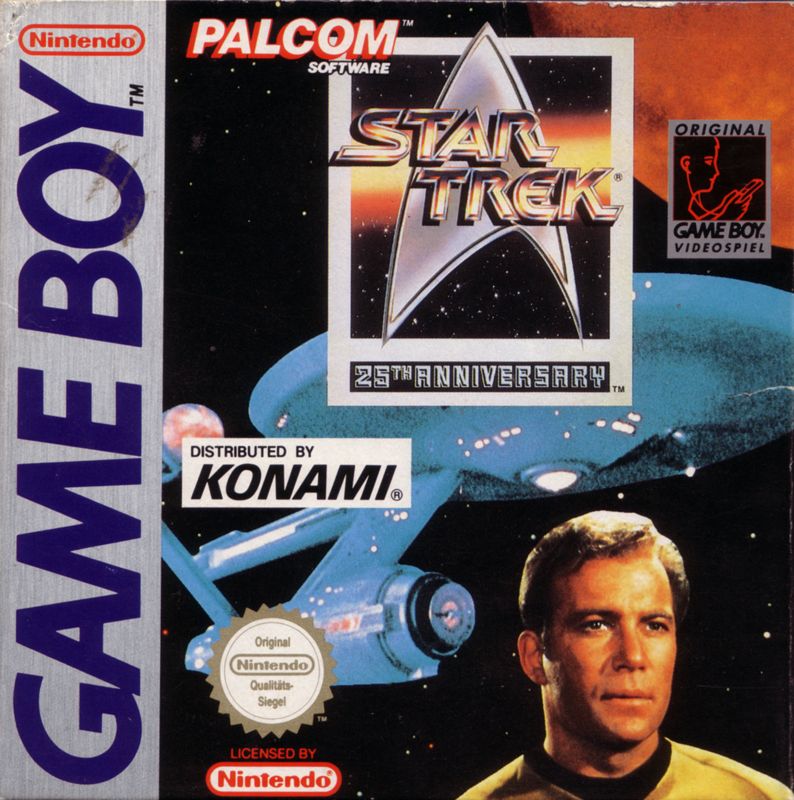
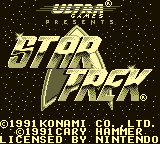
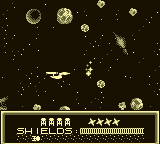
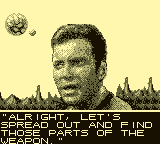
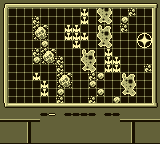
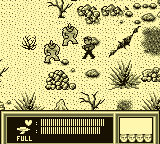
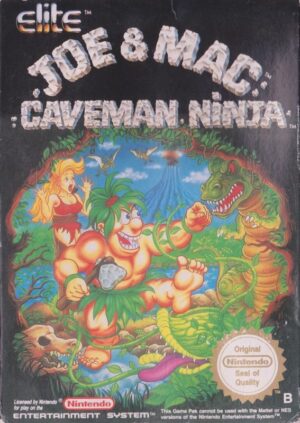
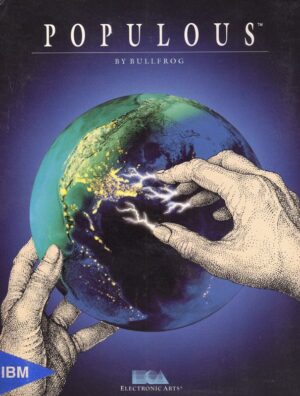

Reviews
There are no reviews yet.